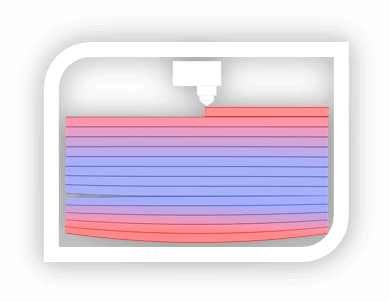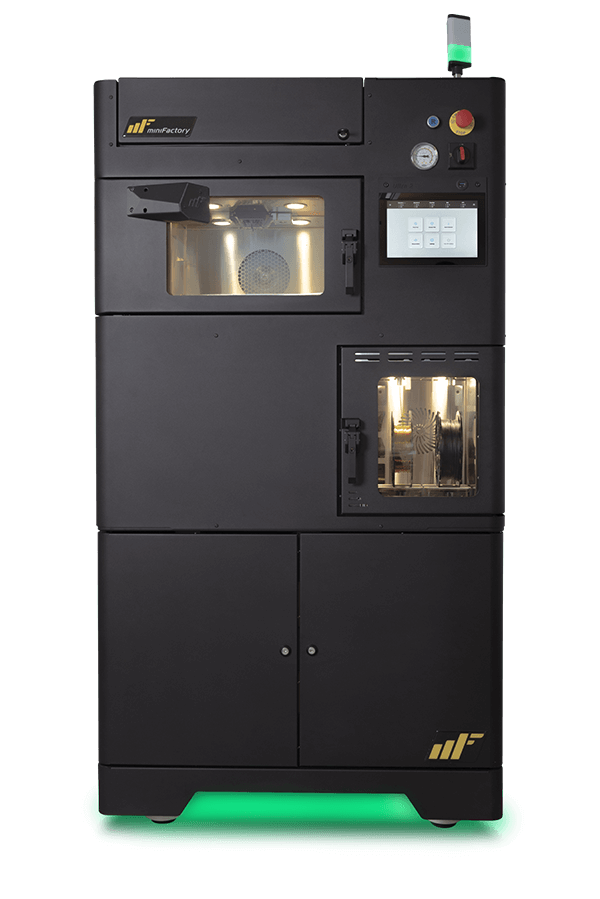How to adjust the optimal chamber temperature
Roughly speaking, polymers can be divided into three groups, commodity polymers, engineering polymers, and high-performance polymers. For commodity polymers such as PLA and PETG, a printing chamber is practically not required. For engineering polymers such as ASA or ABS, however, the printing chamber temperature should reach about 85C. As for PC, it requires approximitely 130C in the chamber to ensure optimal print quality. When moving from this to high-performance polymers, chamber temperature requirements increase significantly.
PEKK-A can be optimally printed in a chamber of approx. 150C, but ULTEM 9085 requires 180C. As we consider other materials such as ULTEM1010, PSU, PPSU, or TPI, chamber temperature requirements rise up to 215-240C. The miniFactory Ultra comes with ready-made, optimised printing profiles for the most well-known high-performance and engineering polymers. Users can also add new materials to the device at any time, either independently or with our help.


